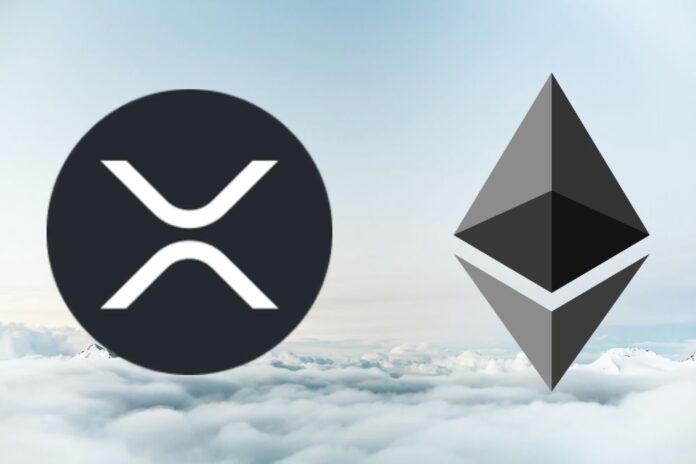The quest to make Ethereum smart contract compatible with XRP Ledger (XRPL) reached a new height today, according to RippleX, a community of XRPL developers.
Recall that Peersyst, a blockchain development firm and Ripple went into partnership a while ago to create an EVM sidechain connected to the main XRPL instead of forcing developers to choose between chains.
In a blog post today, RippleX announced that Peersyst Technology has started to test an Ethereum Virtual Machine (EVM) compatible sidechain for XRP Ledger.
Read Also: XRP Ledger Has Processed Over 75 Million Blocks, Indicating Rapid Adoption of Ripple Solutions
The project is aimed at allowing Ethereum developers, who use the main programming language for writing smart contracts on Ethereum known as Solidity, to leverage the utility of the XRP Ledger, such as speed, low fees, and lots more.
According to the report, the first phase of the EVM sidechain is now available for testing on the XRPL Devnet. Using a bridge, developers can test the movement of Devnet XRP between the EVM sidechain and XRP Ledger to assess available technologies and deploy their existing Solidity apps on the EVM sidechain and access the XRPL Devnet userbase.
In the announcement, RippleX wrote,
“Many crypto developers today choose to build on Ethereum or EVM-compatible chains because of the popularity of Solidity for programming smart contracts and a robust ecosystem of available developer tools and dApps (decentralized applications). On the other hand, the XRPL appeals to developers because of its speed, low cost, sustainability and other features.
However, making the XRP Ledger EVM-compatible could undermine its efficiency, scalability and security. So, instead of forcing developers to choose between chains, Peersyst and Ripple partnered to create an EVM sidechain connected to the main XRPL.”
The second phase of the project is expected to surface in early 2023 and it will feature a permissionless EVM sidechain and bridge with a unique design that connects to the XRPL Devnet to expand participation and test scalability within a controlled environment.
The concluding phase, according to the report, will have a permissionless EVM sidechain and bridge available on the XRPL Mainnet.
Read Also: Ripple CEO Brad Garlinghouse Speaks On When XRP Lawsuit Would End
Reacting to the new development, Peersyst said in a series of tweets:
“We can now unlock the full potential of decentralized finance (DeFi) in XRPL. A new world of possibilities is unlocked for XRP thanks to the sidechain with EVM. The EVM sidechain uses XRP as its native token. You don’t need any other currency to access it. Built with the powerful Tendermint protocol, and carefully customized for the XRP Ledger, it allows to achieve around 1,000 transactions per second using the Ethereum Virtual Machine.”
The firm noted that the sidechain and its bridge will make the movement of crypto assets between XUMM Wallet and MetaMask, the benchmark wallets for XRP and Ethereum, respectively.
Follow us on Twitter, Facebook, Telegram, and Google News


